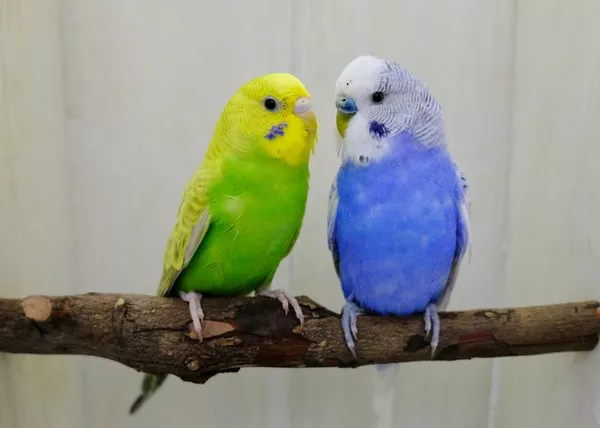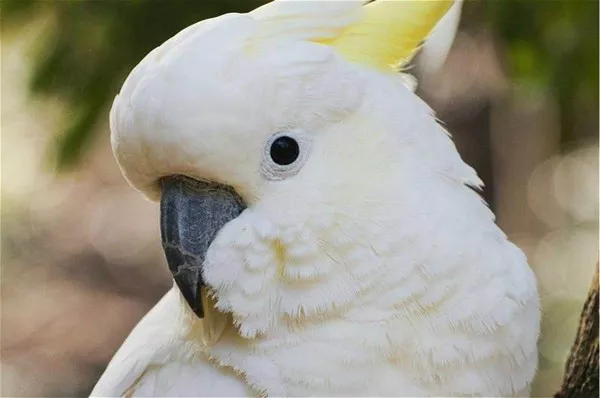Indian Ringnecks, renowned for their vibrant plumage and charming personalities, often captivate bird enthusiasts with their ability to mimic human speech. One common query that echoes through the avian aficionado community is, “When do Indian Ringnecks start talking?” Understanding the factors influencing their speech development is crucial for those looking to nurture this unique skill in their feathered companions.
The Early Stages of Communication
In the realm of avian linguistics, Indian Ringnecks display an impressive capacity for mimicry. These birds typically embark on their vocal journey at an early age, often around three months old. However, it’s important to note that individual variations exist, and some Indian Ringnecks may begin their talking endeavors a bit later. The early stages of vocalization involve experimental sounds and simple repetitions as these intelligent birds explore the vast auditory landscape around them.
Social Influences on Speech Development
Much like human infants, Indian Ringnecks start talking through social interactions and exposure to diverse sounds. These birds are highly social and learn by imitating the sounds prevalent in their environment. Therefore, if housed in a household with frequent human conversations or other talking birds, Indian Ringnecks are more likely to commence their linguistic journey earlier. Creating a stimulating auditory environment can significantly enhance the chances of an Indian Ringneck becoming a proficient talker.
Training Techniques to Foster Talking
Indian Ringnecks start talking more readily with the right training techniques. Patience and consistency are key when teaching them to mimic specific words or phrases. Begin with simple, repetitive words and phrases, and use positive reinforcement, such as treats or praise, to encourage the desired behavior. Gradually increase the complexity of the words and sentences as your feathered friend becomes more adept at mimicking. It’s crucial to make the training sessions enjoyable to maintain the bird’s interest.
Individual Variations in Speech Onset
While there is a general timeline for when Indian Ringnecks start talking, it’s important to recognize the individual variations that exist among these birds. Factors such as genetics, overall health, and the specific environment in which they are raised can influence the onset of speech. Some Indian Ringnecks may surprise their owners with early chatter, while others may take a bit more time to find their vocal prowess. Observing and understanding these individual differences is essential for fostering a supportive and encouraging atmosphere.
The Role of Gender in Speech Development
Interestingly, gender can play a role in when Indian Ringnecks start talking. Male Indian Ringnecks are often regarded as more vocal than their female counterparts. Males may exhibit a higher propensity for mimicry and speech, which can be attributed to their natural tendency to impress potential mates through vocal displays. However, this doesn’t mean female Indian Ringnecks can’t become excellent talkers with the right encouragement and training.
Environmental Influences on Speech Development
The environment in which an Indian Ringneck is raised significantly impacts their speech development. A quiet and calm atmosphere is conducive to learning, as it allows the bird to focus on and absorb the sounds around them. Avoiding stressful situations and providing a secure living space can positively influence the bird’s confidence, making them more likely to engage in vocalizations, including speech mimicry.
The Importance of Interactive Engagement
Indian Ringnecks are known for their affectionate and playful nature. Engaging with your bird through interactive play not only strengthens your bond but also encourages speech development. These birds thrive on social interaction, and regular, positive engagement with their human companions can motivate them to communicate through words. Incorporating toys and activities that stimulate their cognitive abilities can also contribute to the development of their linguistic skills.
Health and Nutrition’s Impact on Speech
A bird in good health is more likely to engage in vocalizations, and the same holds true for Indian Ringnecks. Proper nutrition, including a balanced diet of pellets, fruits, and vegetables, plays a crucial role in supporting overall well-being and vocal development. Regular veterinary check-ups are essential to ensure that the bird is free from any health issues that might hinder speech development.
Setting Realistic Expectations
While the prospect of an Indian Ringneck mimicking human speech is exciting, it’s crucial for bird enthusiasts to set realistic expectations. Not all Indian Ringnecks will become proficient talkers, and the extent of their vocabulary may vary. Some birds may master a few words or phrases, while others may surprise with an extensive repertoire. Celebrate each small achievement and embrace the unique personality and abilities of your feathered companion.
Conclusion
In the symphony of avian communication, Indian Ringnecks start talking at a young age, weaving the enchanting melodies of human speech into their repertoire. Understanding the factors that influence their speech development empowers bird enthusiasts to create an environment that nurtures this unique skill. With patience, positive reinforcement, and a deep appreciation for individual differences, the journey of teaching an Indian Ringneck to talk becomes a harmonious and rewarding experience.
Related Topics:
What Is a Ringneck Parrot: A Comprehensive Guide
When do ringneck parrots get their ring?
Where do indian ringneck parrots live?

























